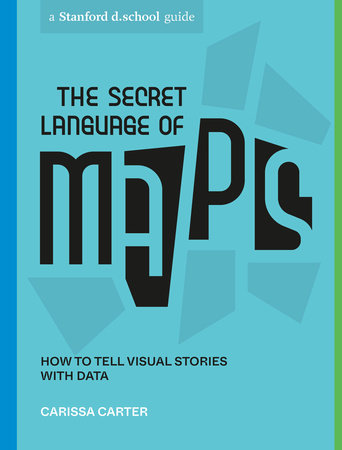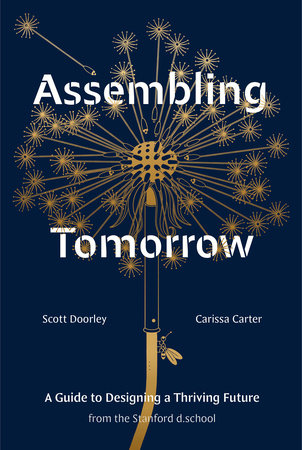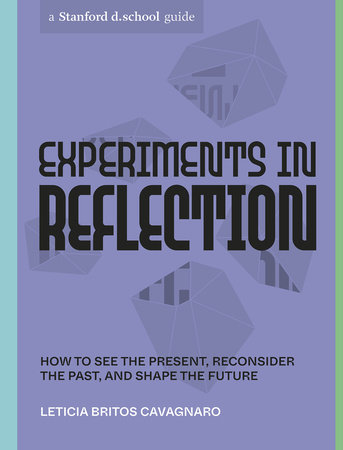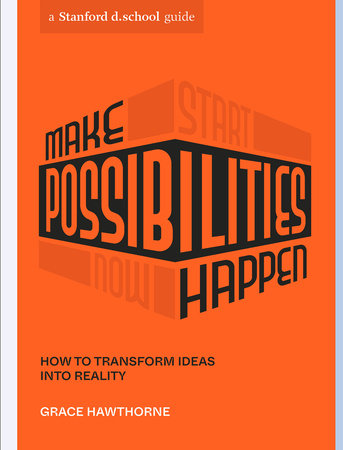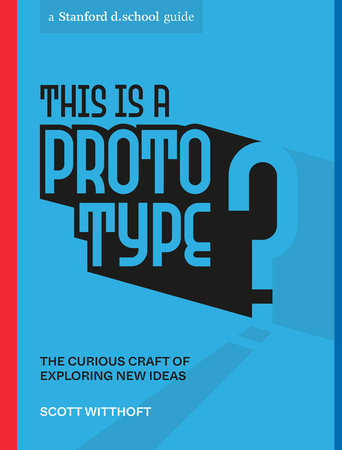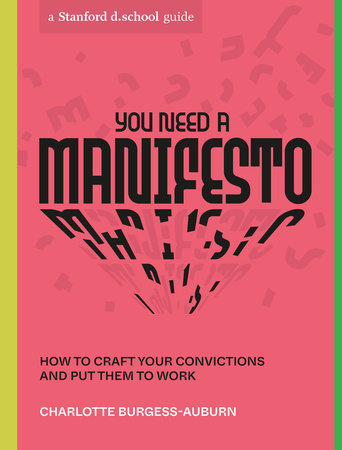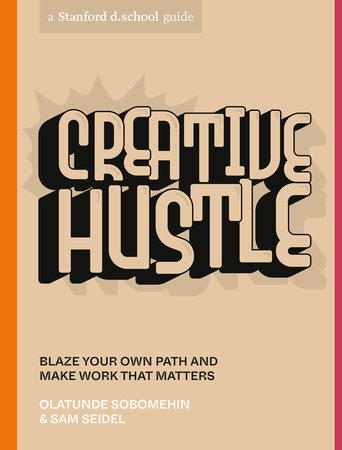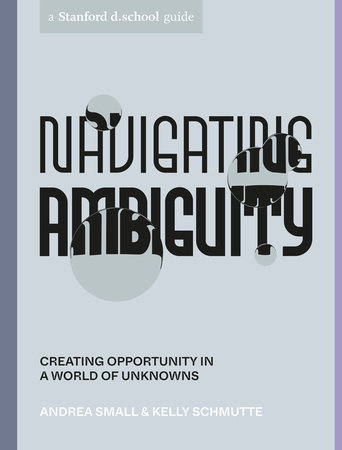Excerpt
The Secret Language of Maps
CHAPTER I Marion Marlow wondered if the giant plastic fish hook slung over the left side of her lower lip enjoyed sucking every bit of moisture from her mouth. It was tethering her to the moment through the symphony of dental care.
Where do you look when you’re at the dentist? Do you stare at the roof? Close your eyes? Follow the creases in the assistant’s face? When you’re wearing the suction, are you supposed to keep up a conversation?
Marion tested three landing points for her eyes, then let them settle on the masked face of Emily Romero. Twenty-five years before, Emily was just the crazy younger sister of Marion’s best friend, Julie. Emily skipped class, blew cigarette smoke at smoke detectors, and spent most of 1995 sitting on bumpers in the parking lot of Burke High School, talking about Kurt Cobain.
Now Dr. Emily Romero suggested that Marion close her eyes and “just relax while I’m polishing.”
It was supposed to be me, thought Marion.
Me or Julie. The older girls. The ones who tried. We were the ones destined to be the worldsavers. Or at least we’d be the lawyers, the professors, the presidents, the ones envied by everyone for their achievements . . . the dentists. Back then, she’d never considered the possibility that she might not win in life. But at this point in her life she hadn’t even earned a participation ribbon.
Should I ask about Julie? Would Emily want to talk about her? Should I sound casual or concerned? Does Emily blame me? It’d been so long since the day that Julie had disappeared.
January 1996
Marion and Julie were both home in New England for the holiday break from their first year of college. Those were lonely times. Neither one had made a friend in college who lived up to the standard they’d each set for the other. Julie should have studied history or poetry and surrounded herself with books and been an academic, but impractical wasn’t in her budget. She slogged through a semester of business classes and arrived home on break ready to retire. Marion had the luxury of choice but was as awkward as an aardvark in the ocean. She didn’t know how to fit in—she always felt like she was treading water outside of the real conversations. Julie had always been her raft.
On January 6, 1996, just after 11 p.m., Julie and Marion cut through the snowy woods to their old high school. The door by the smokers’ corner could always be opened with a Swiss Army knife. There was no deadbolt; just slide the blade between the double doors and depress the lock. It would always pull open.
The halls smelled the same—a mix of that shiny textbook paper and potato chips. Sitting next to the D-block lockers, they were back in the nest.
A set of keys hit the ground way down the hall. Someone backed out of the teachers’ lounge and pulled the door shut. The person pivoted right toward Marion and Julie, then stared at them for a breath. On the inhale the person started to run right toward them. Marion and Julie froze in place on the linoleum. No fight-or-flight instincts materialized. Marion was sure they’d been caught.
The gust of air from the runner’s draft smelled like cold air and exercise. The runner was all in black, a knit mask and boots, an envelope under one arm, steps quick, gaze unwavering.
Julie and Marion remained immobilized until the smokers’ door slammed. Then they mimed a swift agreement to follow the runner. They rushed downstairs and saw the dark figure disappear down the same path they’d taken from the snowy woods.
They argued all week about what to do. Marion wanted to tell someone about the school intruder. She insisted that the school couldn’t kick them out—they’d already graduated. Julie said no way—she didn’t want to get in trouble, become a police blotter item for trespassing. “Besides,” Julie said, “we don’t even know if anything was stolen. It could have been a teacher.” She pleaded with Marion not to tell a soul.
And that was it. It felt odd to Marion that Julie didn’t want to do what Marion was sure was the right thing, but Marion agreed, reluctantly. She went back to college a few days before Julie was set to return. They were on mildly grumpy terms.
Marion would never hear from Julie again.
Unanswered calls. Letters. Emails. Julie had vanished. She never returned to college. Everyone was interviewed. Her home was searched. No leads, no evidence of foul play, and no Julie.
Later that January, a literary magazine published an essay by Julie. Initially everyone thought this meant she was alive but wished to remain away. Further investigation revealed that she sent in her submission over the winter break, before she disappeared.
Julie was gone, probably dead, they told Marion.
“Julie would want you to pursue your dreams.”
“Julie would want you to go for it. To accomplish something.”
“Julie would want you to keep moving.”
They said a lot of things. But how do you find your footing again after a best friend leaves you without warning?
After college, Marion stayed in California through a series of jobs, never finding one that held her interest. And her employers weren’t ever particularly interested in her, either. It wasn’t a life she could be proud of.
Emily straightened up and pulled down her surgical mask. “Done. And the filling fix is on me.”
“Oh no. That’s crazy . . . thank you, though.” Marion was relieved she wouldn’t have to pay.
Emily stood and stared at Marion, still supine and bibbed. She raised the back of the dental chair, bringing Marion to an upright position, but gestured for her to stay put. Emily looked like she was about to say something. Marion waited. Emily opened her mouth. “I—” But the words didn’t come. She looked down for a second, then stared at a photograph of snowy woods hanging on the wall. Marion followed her gaze to the picture. It was familiar. Local. Then Emily walked over and lifted it off its hook. She put the large frame facedown on the counter and unclipped the metal strips holding the cardboard backing. She lifted it out and set it aside.
Marion was as rigid as she’d been on that January night in 1996. She watched Emily lift five items out from behind the picture. Emily placed these, along with the snowy woods photo, in a manila folder. She handed the folder to Marion, but didn’t let go of it or break eye contact. “I know this is all about Julie. I need you to find her.”


